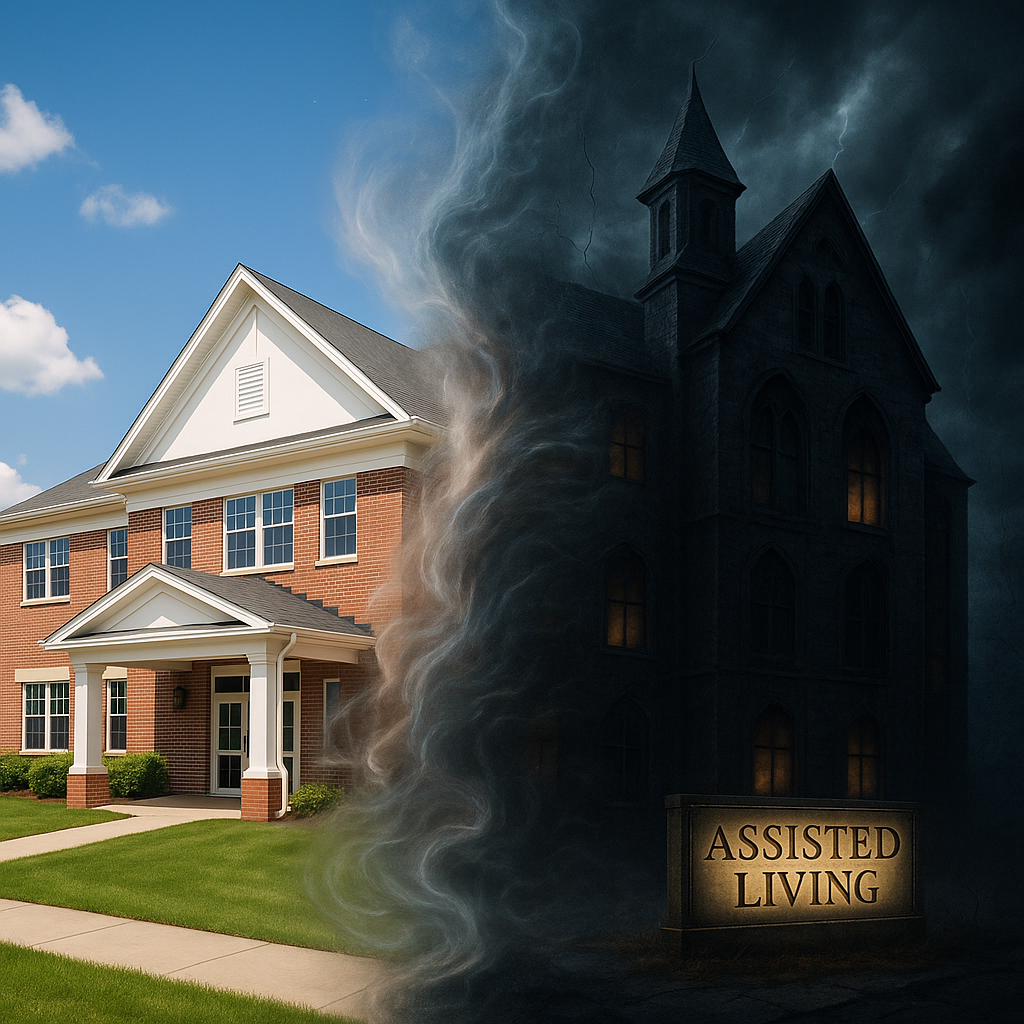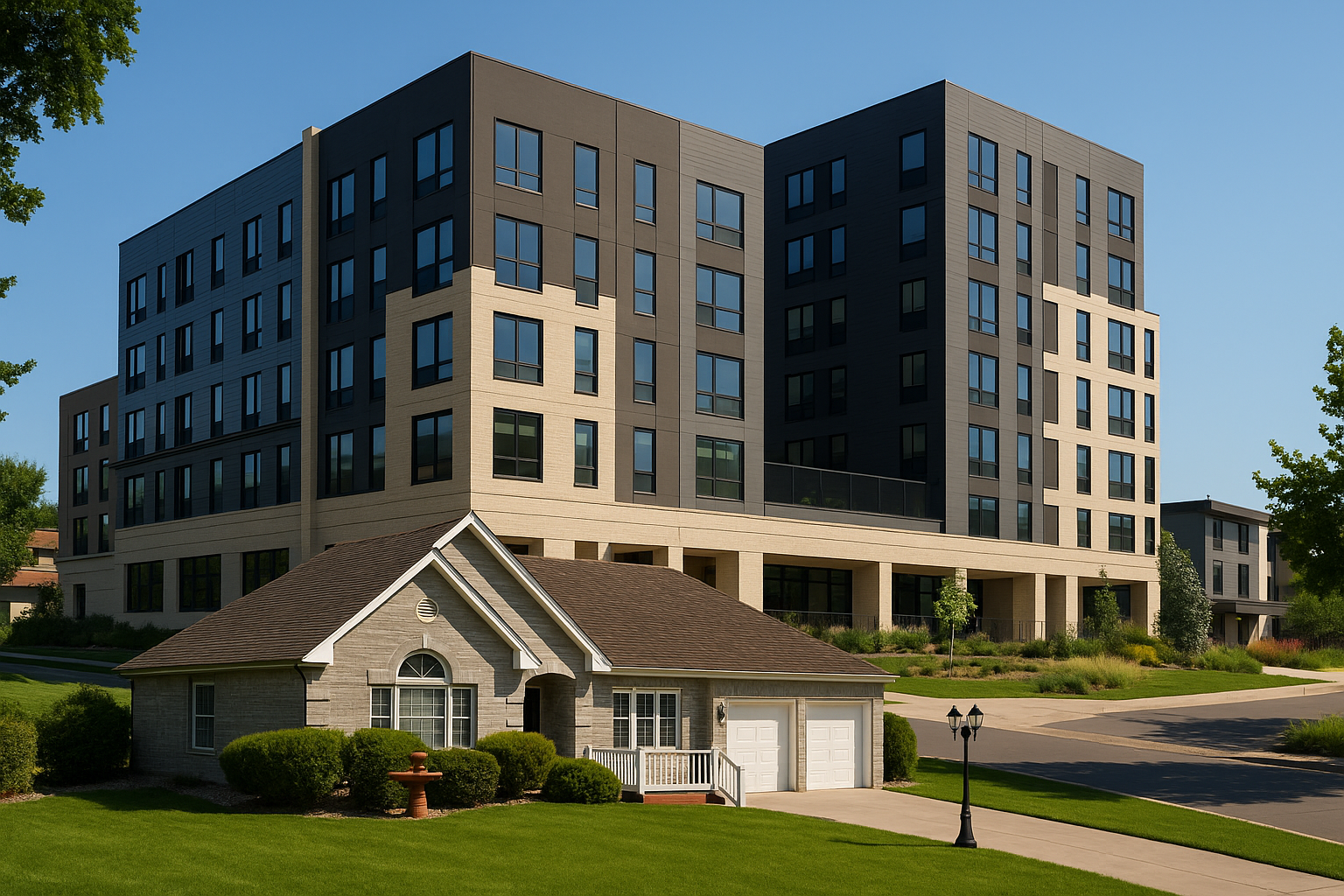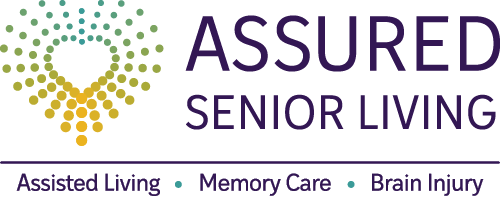BLOG
Setting Rehabilitation Goals: What to Expect in Your Journey
Setting rehabilitation goals is crucial to enhancing the quality of life for seniors in care. By establishing clear, personalized objectives, seniors can experience improved physical health, greater independence, and enhanced mental well-being. This article explores the significance of goal-setting in rehabilitation, detailing the steps involved and the benefits it brings to senior care.
The Importance of Rehabilitation Goals in Senior Care
Rehabilitation goals play a pivotal role in senior care by providing a structured path to recovery and well-being. These goals help seniors regain their physical abilities, improve their mental health, and enhance their overall quality of life. By setting specific, measurable objectives, caregivers can tailor rehabilitation programs to meet each senior's unique needs, ensuring a more effective and personalized approach to care.

Moreover, rehabilitation goals foster a sense of purpose and motivation among seniors. When seniors have clear targets to work towards, they are more likely to stay engaged and committed to their rehabilitation programs. This increased engagement can lead to better outcomes, such as improved mobility, greater independence, and a higher level of satisfaction with their care.
Steps to Setting Effective Rehabilitation Goals
Setting effective rehabilitation goals for seniors begins with a thorough assessment of individual needs. This initial step involves evaluating the senior's current physical and mental health, understanding their medical history, and identifying any specific challenges they face. By gathering this information, caregivers can create a comprehensive profile that serves as the foundation for personalized goal-setting.
Collaboration with healthcare professionals is essential in this process. Doctors, physical therapists, and occupational therapists bring valuable expertise and insights that can help shape realistic and achievable goals. Regular consultations ensure that the rehabilitation plan remains aligned with the senior's medical needs and capabilities. This multidisciplinary approach fosters a holistic view of the senior's health, leading to more effective and targeted rehabilitation strategies.
Personalizing Rehabilitation Goals for Optimal Outcomes
Personalizing rehabilitation goals is crucial for achieving optimal outcomes in senior care. Each senior has unique needs, preferences, and capabilities, which must be considered when setting goals. Tailoring these objectives ensures that the rehabilitation plan is both relevant and motivating for the individual, leading to better engagement and more significant progress.
For instance, a senior who enjoys gardening might aim to regain the strength and mobility needed to tend to their garden. This personalized objective not only addresses their physical rehabilitation needs but also taps into their personal interests, making the goal more meaningful and motivating. Similarly, a senior who values social interaction might aim to participate in community activities, which can improve their physical health and emotional well-being.
The benefits of personalized rehabilitation goals are manifold. When the goals resonate with seniors' personal interests and daily lives, they are more likely to stay committed to their rehabilitation plans. This increased commitment can lead to faster recovery times, improved physical and mental health, and a higher quality of life. By focusing on what matters most to each senior, caregivers can create a more effective and fulfilling rehabilitation experience.
Monitoring Progress and Adjusting Goals
Regularly monitoring a senior's progress towards their rehabilitation goals is essential for ensuring the effectiveness of the care plan. Consistent evaluation allows caregivers to identify any obstacles or challenges that may arise, enabling timely adjustments to the rehabilitation strategy. This proactive approach helps maintain momentum and keeps seniors on track to achieve their objectives.
Several methods and tools can facilitate effective tracking and evaluation. Digital health apps and wearable devices can provide real-time data on a senior's physical activity, heart rate, and other vital signs. These tools offer valuable insights that can inform adjustments to the rehabilitation plan. Additionally, regular check-ins with healthcare professionals, such as physical therapists and occupational therapists, can provide expert assessments and recommendations.
Adjusting goals based on progress is crucial for maintaining motivation and ensuring continued improvement. If seniors consistently meet their targets, caregivers can set more challenging goals to further enhance their capabilities. Conversely, if seniors are struggling to meet their objectives, it may be necessary to modify the goals to make them more attainable. This flexibility ensures that the rehabilitation plan remains relevant and effective, ultimately leading to better outcomes for the seniors.
Empowering Seniors through Goal-Setting
Setting and achieving rehabilitation goals empowers seniors by giving them a sense of control over their health and well-being. This empowerment stems from the personalized nature of the goals, which are tailored to meet each senior's unique needs and preferences. By focusing on what matters most to them, seniors are more likely to stay motivated and engaged in their rehabilitation journey.

Photographer: PeopleImages.com - Yuri A
The holistic approach to senior care, which includes physical, mental, and emotional well-being, is crucial for achieving these goals. Regular monitoring and adjustments ensure that the rehabilitation plan remains relevant and effective, addressing any challenges that may arise. This dynamic process not only improves physical health but also enhances mental well-being, leading to a more fulfilling and independent life for seniors.
Find Out More About Personalized Care Plans for Rehabilitation Goals
Setting and achieving rehabilitation goals is essential for enhancing seniors' quality of life. Personalized goals tailored to individual needs and preferences lead to better engagement and outcomes. Regular monitoring and adjustments ensure the rehabilitation plan remains effective and relevant. For comprehensive and personalized senior care, consider Assured Senior Living.















